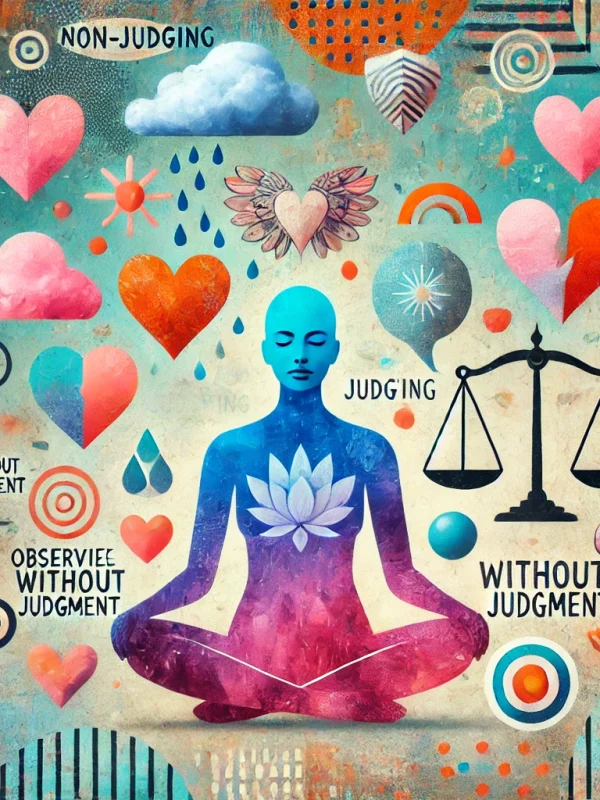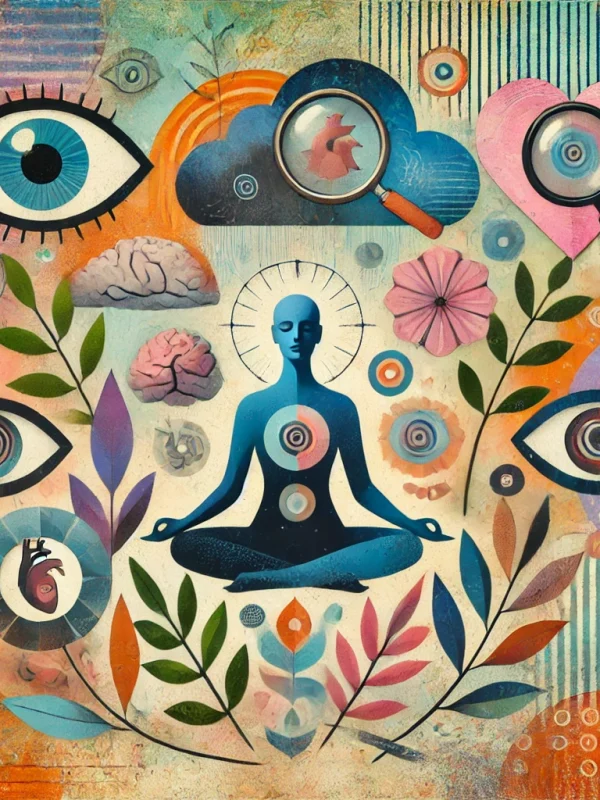Wu Wei and the Psychology of Flow
This article examines wu wei—a central Taoist concept often glossed as “effortless action”—and explicates its convergence with the psychological construct of flow. Drawing on classical sources (e.g., Dao De Jing, Zhuangzi) and contemporary research on optimal experience and performance, I argue that wu wei is best understood as a normative ideal of uncontrived effectiveness, in which actions are attuned to the affordances of the situation and consequently appear effortless (Ames & Hall, 2003; Watson, 1968). Flow research, for its part, operationalizes a closely related experiential profile characterized by high concentration, diminished self-referential processing, clear proximal goals, rapid feedback, and an optimal challenge–skill balance (Csikszentmihalyi, 1990; Nakamura & Csikszentmihalyi, 2009).
Wu Wei and the Psychology of Flow Read article













